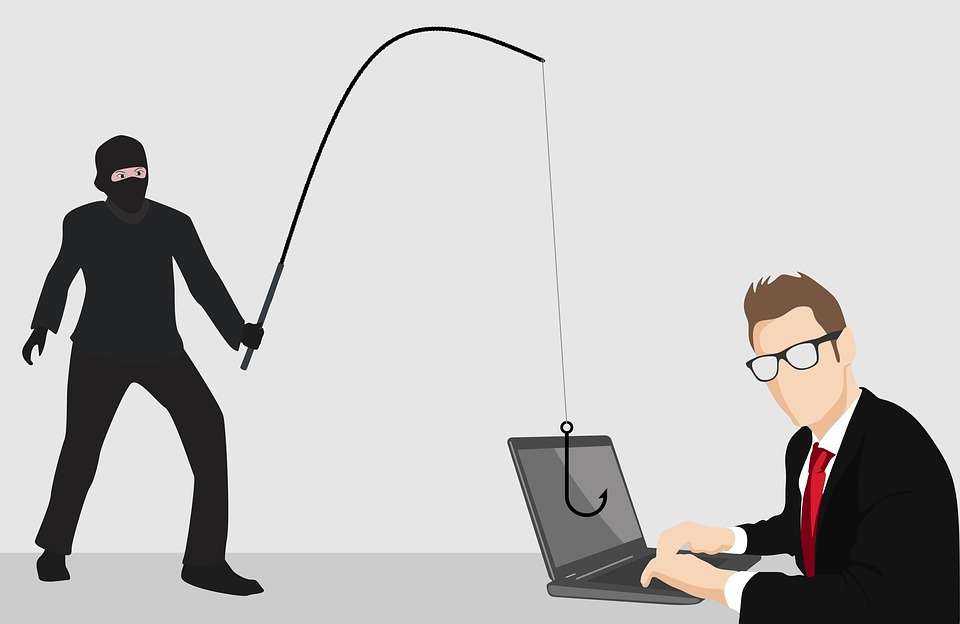How to Protect Your Data While Working Remotely

Cybersecurity breaches are taking place across the globe, with half of all attacks being aimed at small businesses. In current times, many professionals are working from home, with around 54% of companies permitting some form of a flexible working arrangement. If your business has one or more remote working teams, integrating strong data protection policies should be a priority.
Staff should know the precise IT security procedures you need them to employ so that data remains private and your company is well-defended against cybersecurity threats. Give your remote staff the tools they need by updating your security and reducing your reliance on e-mail communication for sensitive matters.
Establish IT Security Measures for Remote Working Staff
Each and every remote team member should keep client and work data private, including financial data, names, home and business addresses, and the like. This involves creating a sound data protection policy that lays down exactly how each member should protect client and business data. Many businesses cannot afford to pay the price for attacks on data related to research and development, trade secrets, and balance sheets. Ransomware and less technical photographic blackmail can put your business in a bind. From the outset, every remote worker needs to take specific steps, which include contracting secure WiFi, using an anti-virus chosen by the company, updating software, backing up key data, and installing encryption tools. Management should also inform workers of what to do in the case of a security breach – who to inform, and the precise procedure to follow in a worst-case scenario.
Training Staff on Best Practices to Stave Off Attacks
Part of the remote working day or week should be devoted to staff training on IT Security to secure your information. It is important for staff to be aware of the specifics of common types of attacks, including password attacks, SQL injection attacks, malware attacks, phishing, and the like. Often, hackers will ask the user to perform a specific action — for instance, to click on a specific link. Training will enable remote workers to efficiently spot the signs of a potential attack and take the appropriate measures to stop it in its tracks.
Employing Breach and Attack Software
A great way to keep employees and managers on their toes is to use ‘breach and attack software’ as part of the IT Security. This is a new concept that simulates attacks, identifies imminent threats, provides recommended actions, and tests staff’s ability to respond adequately. Thus, the software can simulate various cycles of an attack, including data exfiltration, insider threats, and the like. One of the most useful aspects of this type of software is its ability to identify the most common weaknesses in your current system, enabling you to take measures earlier and on a broad scale. A few notable breach and attack software developers include Cymulate, Pics, and XM Cyber.
Use Remote Video Conferencing
To discuss sensitive data, video conferencing may be preferable to traditional email, Slack, and other mechanisms that can be hacked. Slack calls, Google Hangouts, and Skype will enable various team members to chat at scheduled meetings. Of course, you can always keep a Hangout open all day to enhance connection in this moment of isolation.
The current pandemic is likely to change the way many businesses work, particularly those that have had a taste of remote working for the first time. Teams may find that they are more effective when working remotely and may decide to adopt this new way of working, at least on a part-time basis. If so, companies should make draft a detailed protection policy plan, establishing specific software, anti-virus protection, and procedures should an attack ensue. Simulation software is a great way to keep workers vigilant during all stages of a possible attack.
















Leave a Reply